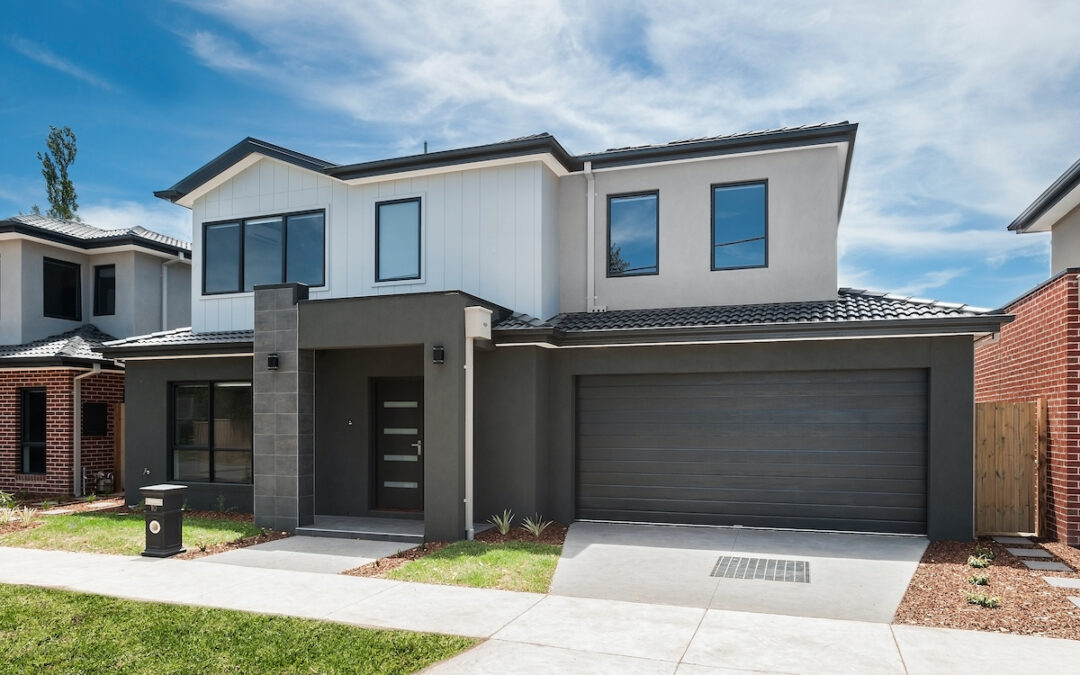When you build a new property, tender is a vital step in the process. A tender outlines everything that will be involved in your project and also communicates the budget. The tender process usually involves multiple builders presenting their costings and plans for you to ultimately select one to move forward with. When it comes to the tender process, there are two options – the traditional tender and negotiated tender.
Traditional Tender
A traditional tender approach allows for multiple builders and contractors to effectively ‘compete’ for your project. This approach requires the whole scope of the build to be documented, so that contractors can quote accurately. This involves high attention to detail and the requirement to think about everything that will be involved so you can make a clear and informed decision.
It’s worth noting that because this is a time-consuming process, this may mean the timeline for your project can be lengthened – before the build even commences. That’s definitely something to keep in mind if you do choose to go down this route, as your completion date may be affected.
Another consideration of the traditional tender approach is that while it’s important for you to get value for money on your build, you want to ensure it isn’t at the expense of quality, safety or a compromise on the finished result. The traditional tender process promotes competition on price and means that contractors and builders are competing to offer the lowest price, which can come with its issues down the track.
Negotiated Tender
Alternatively, the negotiated tender process requires you to choose a builder or contractor and work with them in an ongoing capacity as they assist you to select other contractors, utilising their network, knowledge and expertise in the industry. They can also assist with elements of the overall design, too.
This process is sometimes referred to as Early Contractor Involvement, and is popular with clients who are after a high level of both building work and overall finish on their project. It also means that you don’t need the entire design or scope of the build to be documented prior to onboarding your contractor.
The benefit of this process is that your contractor becomes an important part of your team, submitting a proposal to you and working on a fixed management fee, so you know what to expect, while the other details of securing other contractors can happen along the way. This still involves negotiation and the reviewing of quotes but significantly cuts down on the pre-project time, allowing you to complete the build faster.
Using a negotiated tender approach and working with your contractor closely, lets you work collaboratively as a team and achieve your specific building goals with ease.
While both approaches are used commonly, for those looking for a build experience that prioritises transparency, innovation and a high-quality finish, a negotiated tender process is worth considering.
Eager to work with a team who prides itself on a transparent building experience with upfront costs? Get in touch with RODA Developments today to make your dream home a reality.






